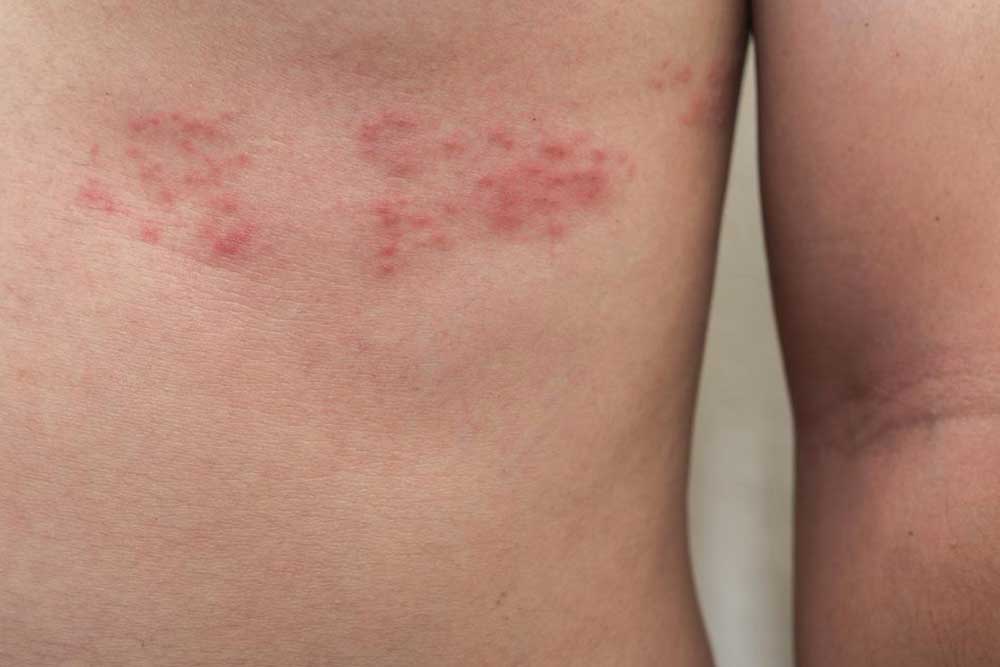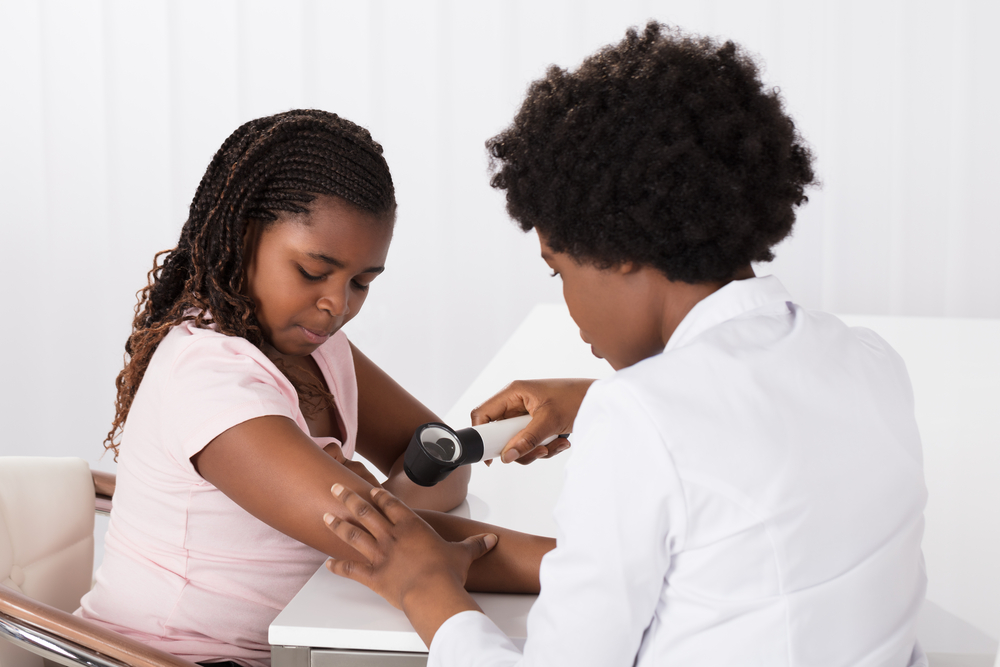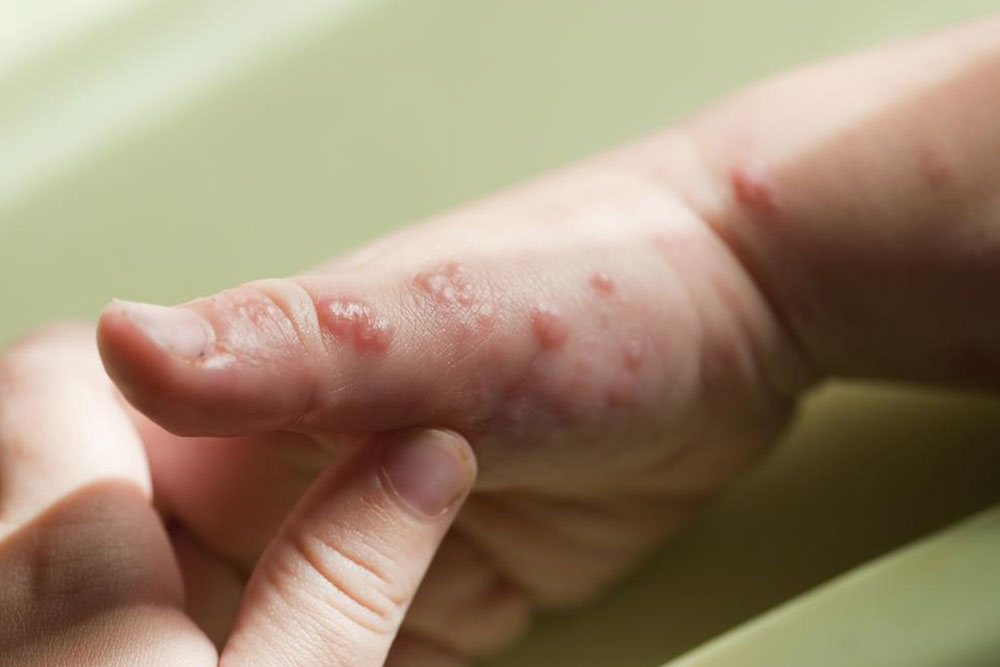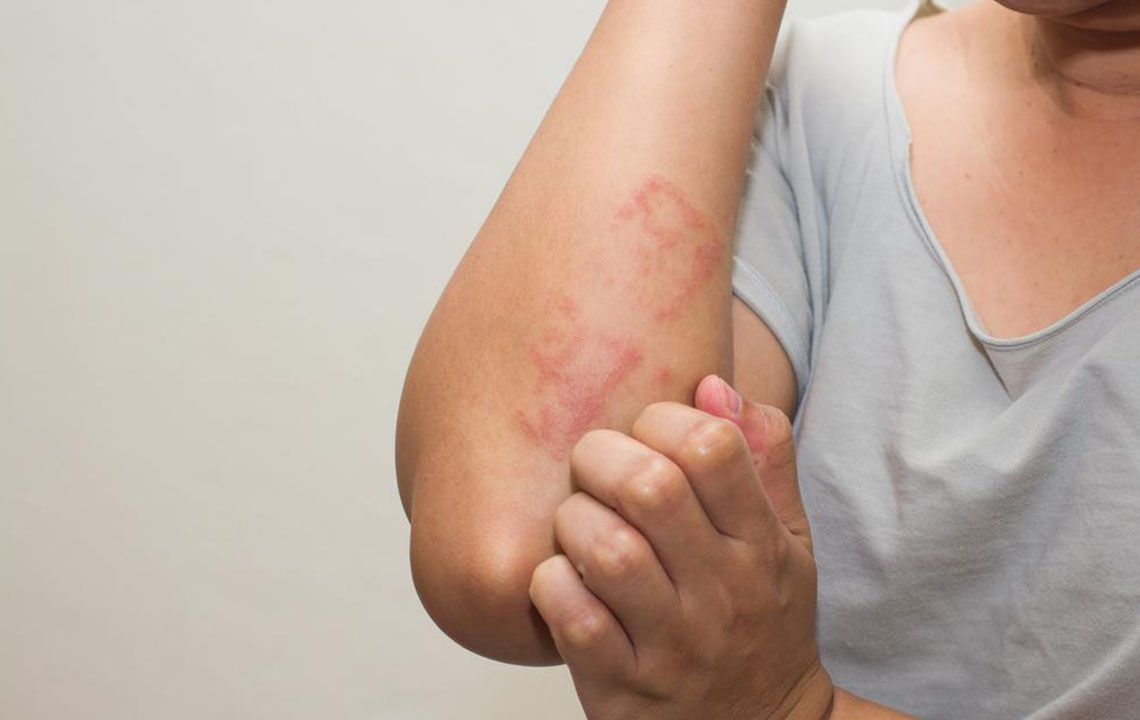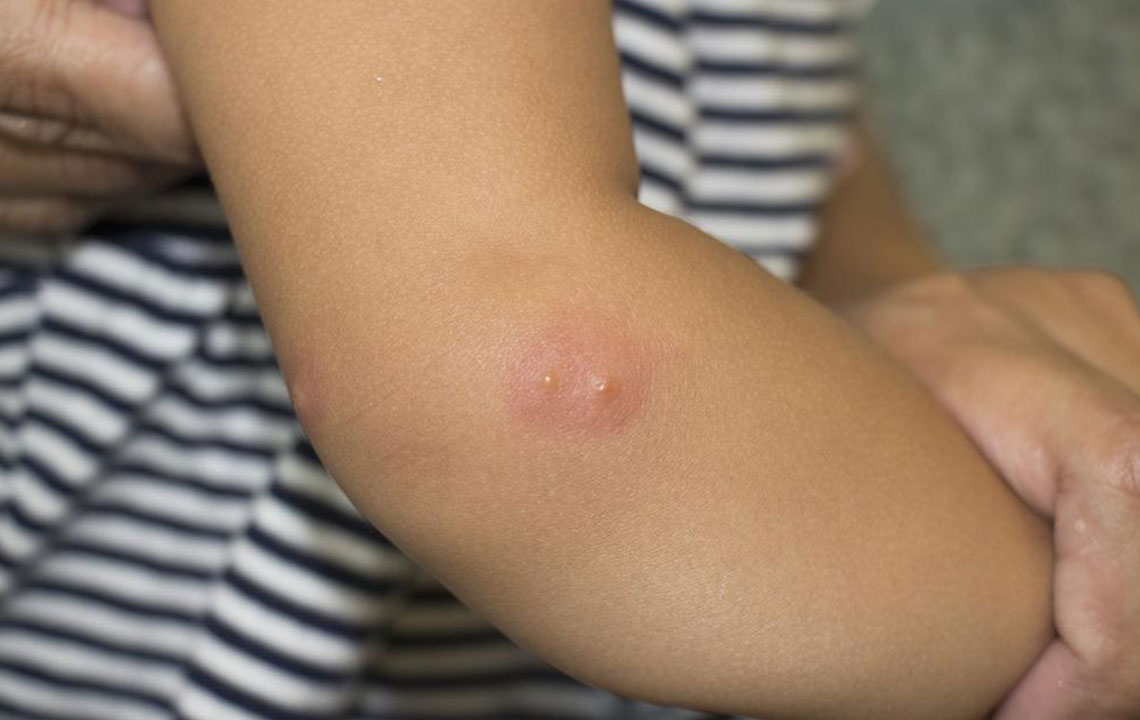Comprehensive Guide to Managing Nerve Pain Caused by Shingles
This comprehensive article explores effective strategies to manage nerve pain caused by shingles. It covers the causes, symptoms, and treatments, including antiviral drugs, pain relief options, and home remedies aimed at reducing discomfort and preventing complications. With insights into vaccination and lifestyle tips, this guide aims to help patients and caregivers better understand how to handle shingles-related nerve issues, improve recovery, and enhance quality of life through medical and self-care practices.

Comprehensive Strategies for Managing Nerve Discomfort from Shingles
Understanding How to Alleviate Shingles-Related Nerve Pain
Shingles, medically known as herpes zoster, is a painful condition caused by the reactivation of the varicella-zoster virus—the same virus responsible for chickenpox. After an initial chickenpox infection, the virus remains dormant in the body's nerve tissues. Later in life, especially as immunity wanes with age or due to immunosuppressive conditions, the virus can reactivate, traveling along nerve pathways and causing a characteristic painful rash. While shingles primarily affects older adults and immunocompromised individuals, anyone who previously had chickenpox is susceptible. It’s important to understand that shingles itself is not contagious; however, the fluid from the blisters can transmit the virus to those who have never had chickenpox, potentially causing them to develop the disease.
The typical course of a shingles outbreak lasts between three to five weeks, but the neurological effects can persist even after the rash heals. The rash usually appears within the first five days of symptom onset, often on one side of the body—in regions like the torso, face, or around the eyes. Initially, it manifests as a band or patch of redness followed by the development of fluid-filled blisters. These blisters gradually dry out and scab over as the healing process begins. One of the earliest and most distressing symptoms is a sharp, burning sensation that precedes visible rash development, indicating nerve involvement.
Shingles nerve pain is often a result of nerve inflammation or nerve damage caused by viral reactivation. Depending on the nerves affected, symptoms can vary widely, ranging from localized burning, numbness, and tingling sensations to more serious issues like facial paralysis or hearing problems. Patients might also experience additional symptoms, such as redness, itching, tenderness, fever, headache, light sensitivity, fatigue, and general malaise. In some cases, nerve pain can persist long after the rash resolves, leading to a chronic condition called postherpetic neuralgia.
Effective Treatments for Shingles Nerve Pain
Managing nerve discomfort associated with shingles requires a comprehensive approach. Several therapeutic strategies are available, including medications, home remedies, and lifestyle adjustments. The goal is to reduce pain, minimize nerve damage, and hasten recovery.
Antiviral Medications
When administered promptly—preferably within 72 hours of symptom onset—antiviral drugs significantly reduce viral replication and the severity of the rash. These medications can also lessen nerve inflammation and decrease the likelihood of developing postherpetic neuralgia. Common antiviral treatments include:
Acyclovir
Famciclovir
Valacyclovir
Early intervention with these medications offers the best chance of reducing nerve pain duration and severity.
Pain Management
Chronic nerve pain, known as postherpetic neuralgia, affects approximately 12-15% of shingles patients and can severely impact quality of life. Analgesic medications are critical in pain control and include:
Over-the-counter pain relievers: Acetaminophen (paracetamol), ibuprofen, and naproxen help manage mild to moderate pain.
Prescription pain medications: For more severe pain, doctors may prescribe opioids or other stronger analgesics, but with caution due to potential dependency.
In addition, neuropathic pain-specific medications, such as anticonvulsants or antidepressants, can be beneficial.
Additional Pharmacological Options
Numbing agents: Topical lidocaine patches or sprays provide localized relief by numbing skin and nerve endings.
Corticosteroids: Sometimes prescribed alongside antivirals for reducing nerve inflammation, especially in severe cases.
Tricyclic antidepressants: Drugs like amitriptyline work by blocking pain signals and are useful for nerve pain management.
Capsaicin creams and gels: These interfere with nerve pain transmission and can provide relief when applied consistently.
Home Care and Lifestyle Adjustments
Keep skin areas clean and dry: Proper hygiene minimizes the risk of secondary bacterial infections and promotes healing.
Avoid scratching or breaking blisters: This prevents infections and further nerve irritation.
Use soothing remedies: Applying a mixture of baking soda and water can help reduce itching and irritation.
Cold compresses: Applying cold packs to affected areas can numb nerve endings temporarily and reduce pain.
Topical anesthetics: After blisters crust over, 5% lidocaine patches or creams can help alleviate nerve discomfort.
Complementary therapies: Practices such as acupuncture, meditation, or massage therapy may help manage chronic pain symptoms.
Soaking sores: Using Burow’s solution can decrease oozing, promote healing, and reduce discomfort.
Once the skin lesions have healed, some patients find relief with topical capsaicin, which desensitizes nerve fibers over time. Additionally, ongoing nerve pain can be relieved by applying a 5% lidocaine patch, especially for postherpetic neuralgia.
Prevention is also crucial; older adults over 60 are recommended to receive the Zostavax vaccine, which can reduce the risk of developing shingles by approximately 50%. Although the vaccine does not guarantee immunity, it markedly lessens symptom severity and the risk of complications. Maintaining good personal hygiene, prompt medical treatment, and vaccination can significantly improve prognosis and quality of life for shingles sufferers.
